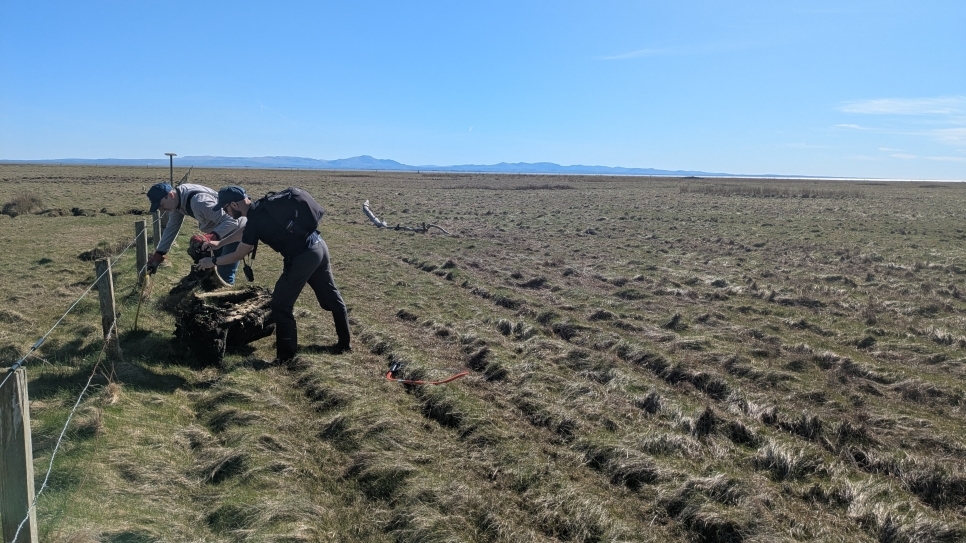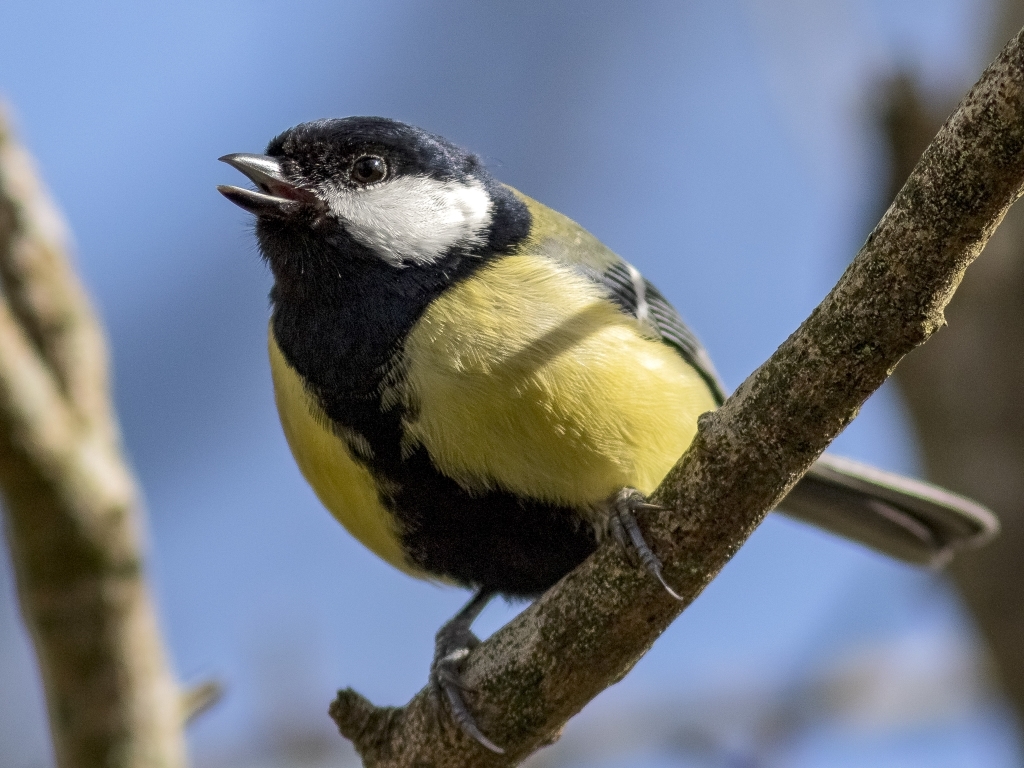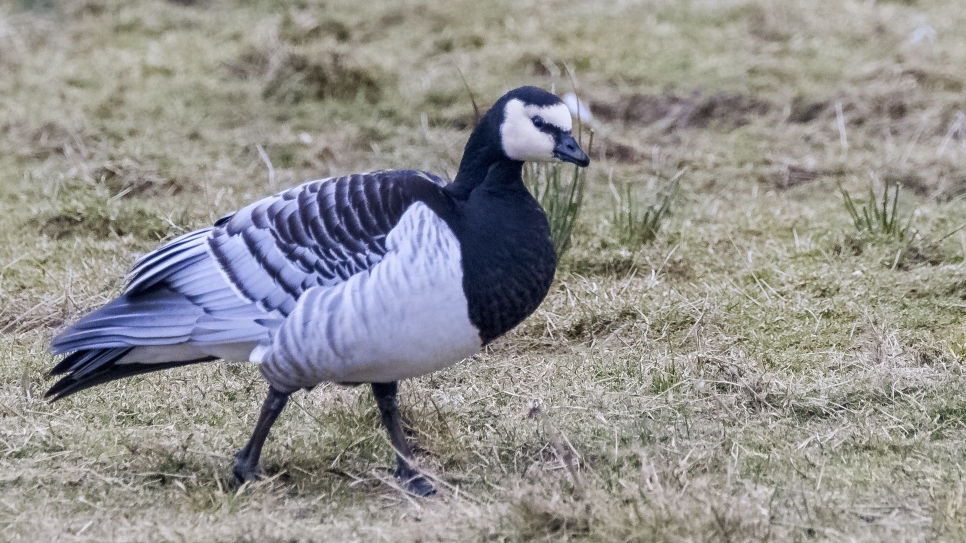Who dares wins
We really feel the winter at Caerlaverock. We get a lot of wind and a lot of rain. These ingredients are part of what shapes Caerlaverock, filling the wetlands, shaping the trees or sometimes removing them. The days where we get both in spades can be challenging. Driving rain makes it difficult to use optics, uncomfortable unless you have the right clothes and splashy when trying to get around. But these days of howling gales and drenching squalls are sometimes the best days to visit.
The last few weeks we have had loads of these days, battering the trees and filling up the fields with water but the spectacle of birds has been at its best for the winter so far. With the estuary and the saltmarsh getting battered, many birds head inland for the more sheltered waters on the reserve. The Folly Pond seems to have been full to the gunwales with teal, wigeon, shoveler and mallard. And like spectators watching the massed duck assemblage, lapwing, golden plover and redshank crowd the edges of the pond in their hundreds.
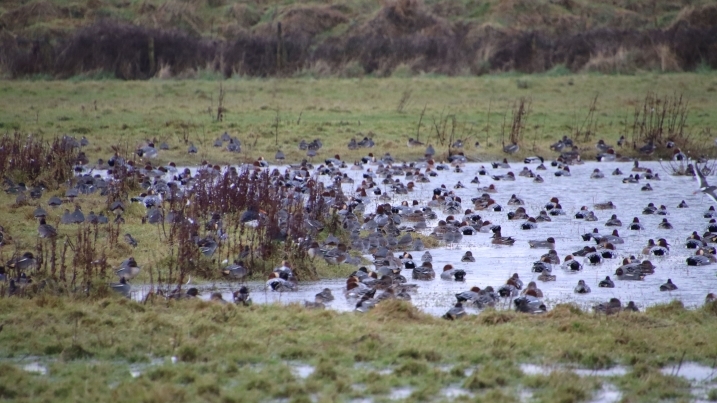
Ducks, mostly wigeon, sit on the Folly Pond
After a slow start to the season, the more sheltered Whooper Pond is full of over 150 swans, mainly whoopers but some mutes mixed in, with hundreds more ducks. These birds have learnt to tell the time and their numbers always increase at the 1pm swan feed.
Whooper and mute swans and Canada geese swarm together on the Whooper Pond waiting for their lunch
With the wind howling up the estuary, the patchwork of floodwaters across the Eastpark fields have been drawing in barnacle geese in their thousands with a few pinkies and greylag mixed in. Add in a spring high tide that pushes the birds off the estuary then dunlin, more golden plover and the odd grey plover turn up on the fields for a bit of weather respite.
In amongst the amazing abundance of birds the odd rarity can be found - recently a glossy ibis, a spoonbill and a couple of winter ruff have been spotted. The gaps between the showers allows hungry raptors like hen harriers, peregrine and merlin to hunt down their lunch.
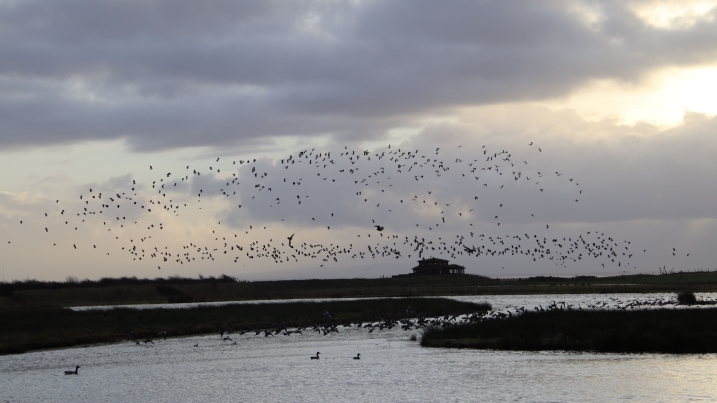
Flocks of birds flying against a gloomy winter sky, the sun just peeking through over the Folly Pond with the Saltcot Merse Observatory in the background
What makes Caerlaverock great on these wild days are the hides. Sir Peter Scott, our founder, loved towers so we have the Farmhouse Tower, the Avenue Tower plus the upstairs of the Saltcot Merse Observatory and Peter Scott Observatory where you can hunker down out of the elements, listen to the wind but not be in it, scan the spectacular views and wait to see what comes along.
If you are deciding whether to visit but are put off by the weather, have another think. Why not get your wellies on, gird your loins and give it a go? The wild days can be the best Caerlaverock days and sometimes who dares wins.
Words and pictures by David Pickett
